Carved wooden frame. A few minor accidents.
An instructor officer at the École spéciale de Saint-Cyr, he abandoned his military career after his marriage in 1902 in order to devote himself fully to his art. His colorful palette and vibrant touch reflect the influence of post-impressionism and Seurat's pointillism. A self-taught artist, he painted exclusively "on location". In Paris, his favorite subjects were the Tuileries Garden and the banks of the Seine. He acquired the Château de Chailloué in Orne, which he painted extensively. An outdoor painter, he set up his easel during his vacations, such as in the South of France. In 1910 and 1911, he and his wife undertook a journey of several months in the Orient and Asia, which took them to Japan via India, Indochina and China. Japanese prints and screens had a profound impact on him. During the interwar period, he had a private mansion built in Paris in the 16th arrondissement. The interior design was entrusted to the painter-decorator Adrien KARBOWSKY (1855-1945), with whom he became friends and whose works he collected. At the same time, he introduced him to the technique of decorative painting. Georges Billaudot then produced a set of large decorative canvases forming a decor for the dining room. A deliberately discreet personality, Georges Billaudot did not seek to exhibit or promote his work. His confidential work remains to this day in the circle of his descendants.


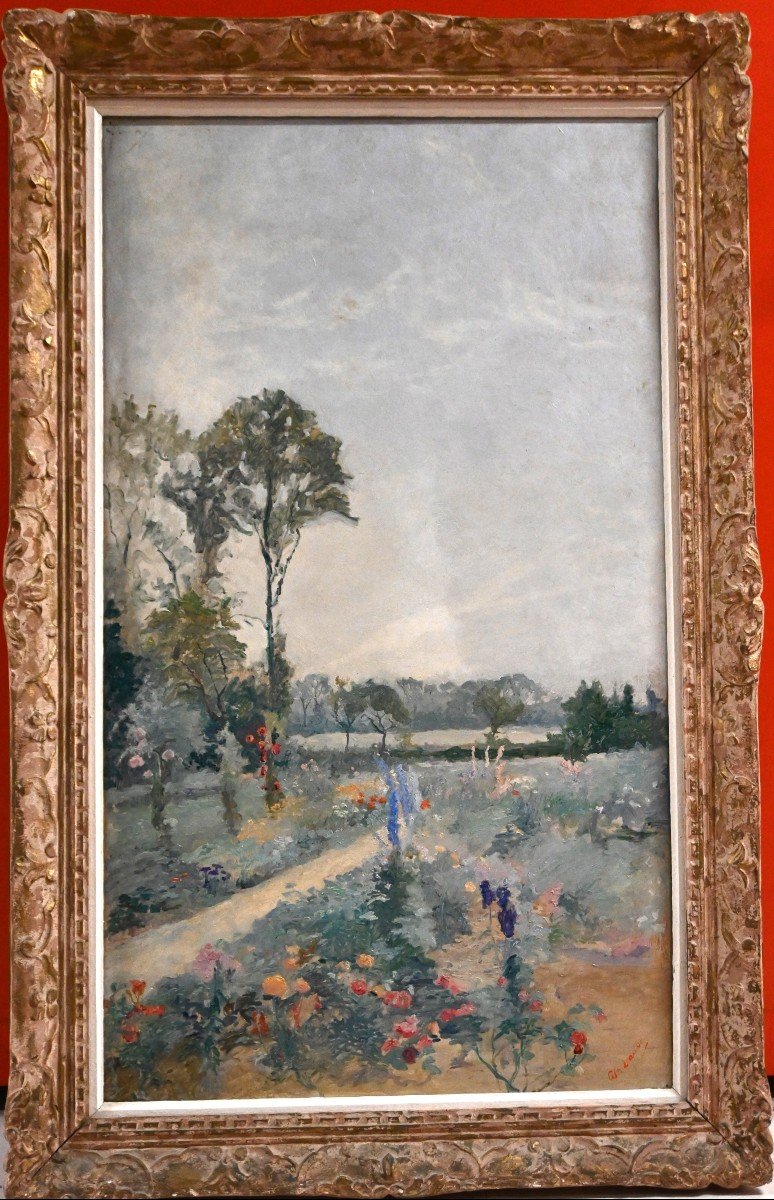






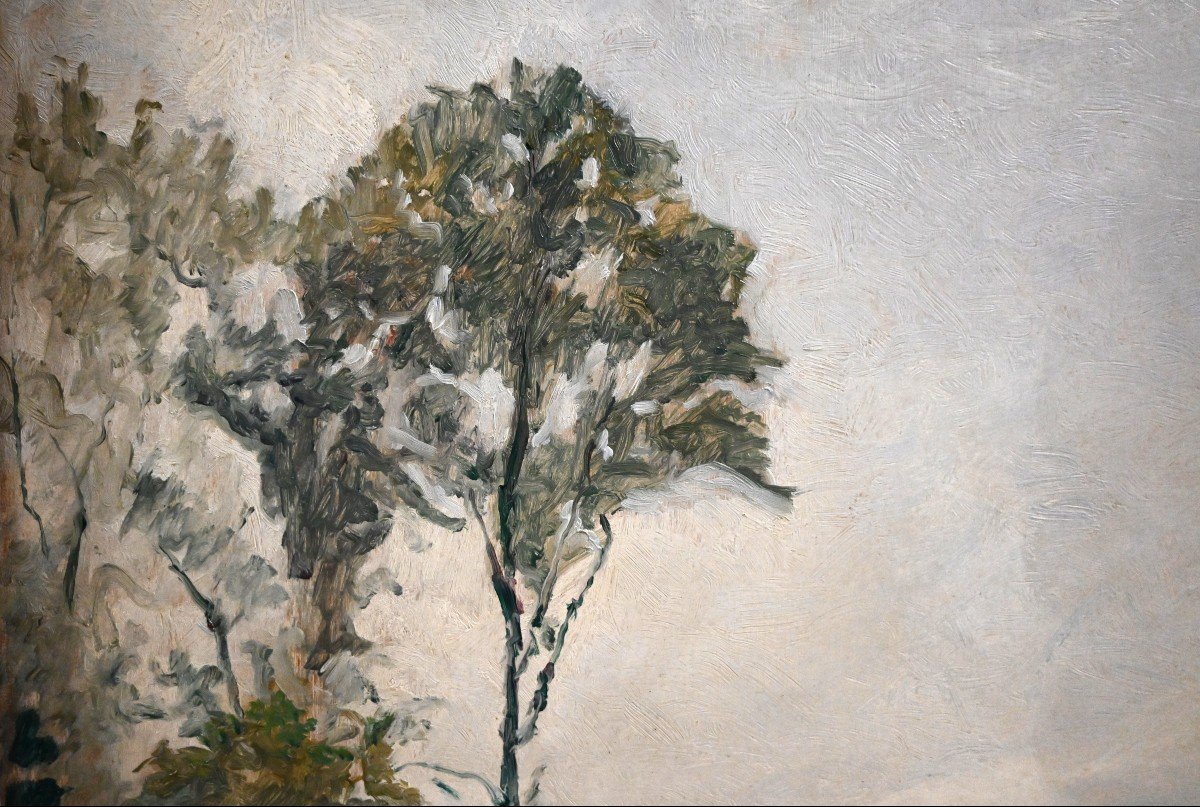

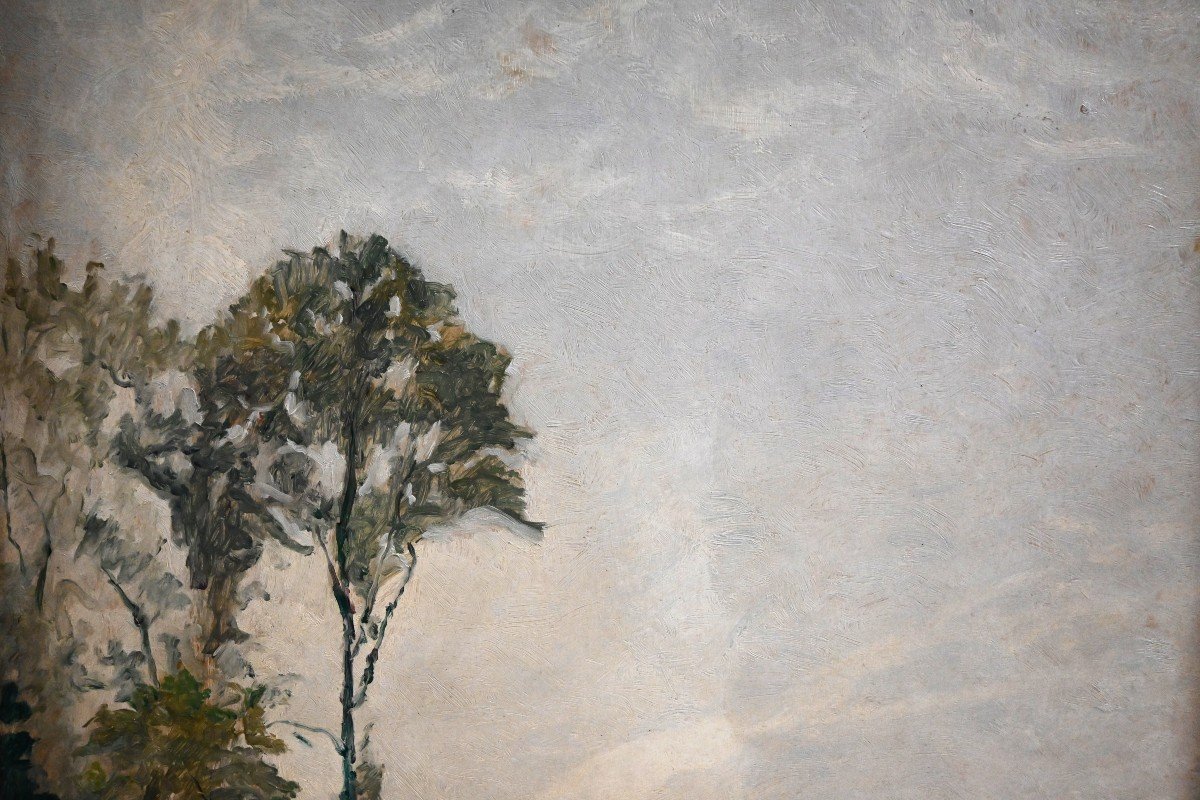
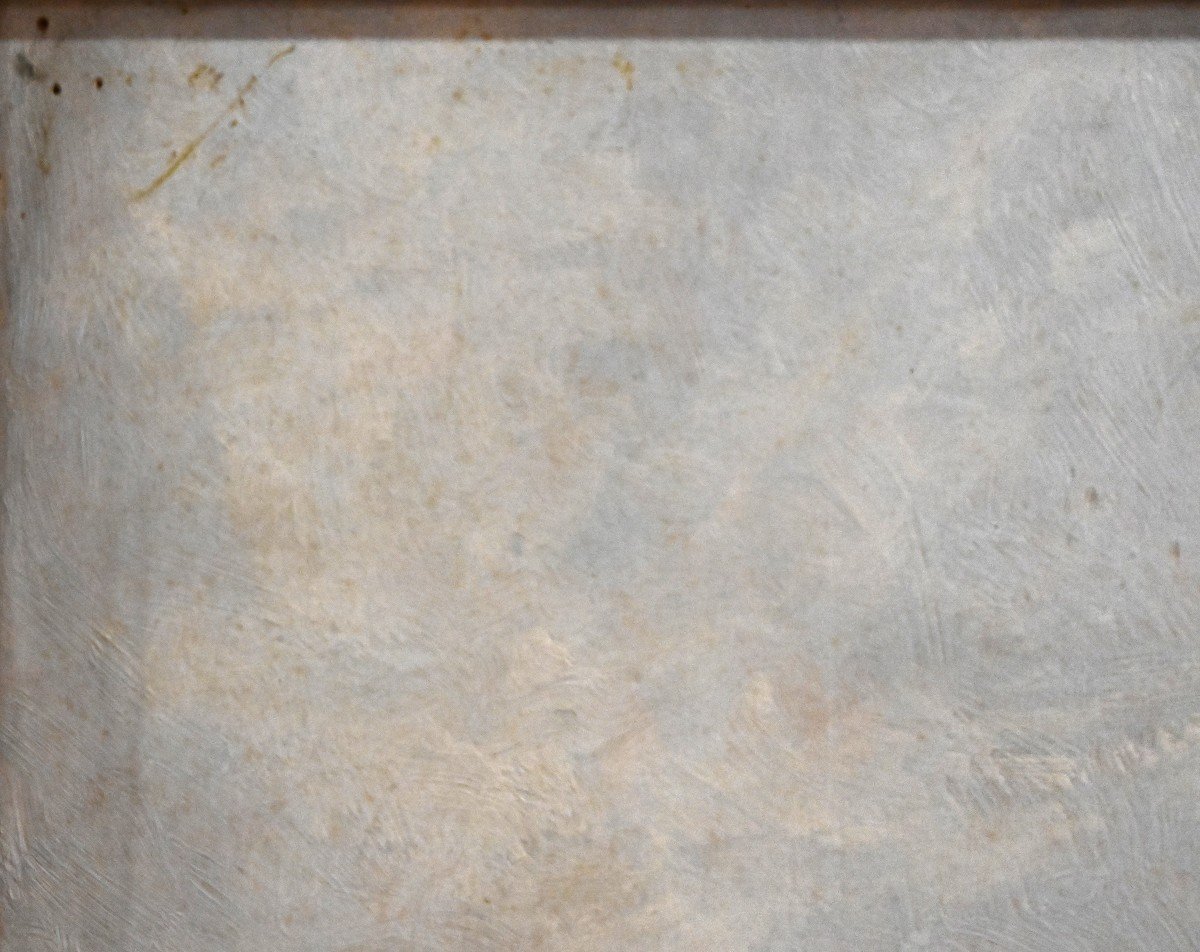
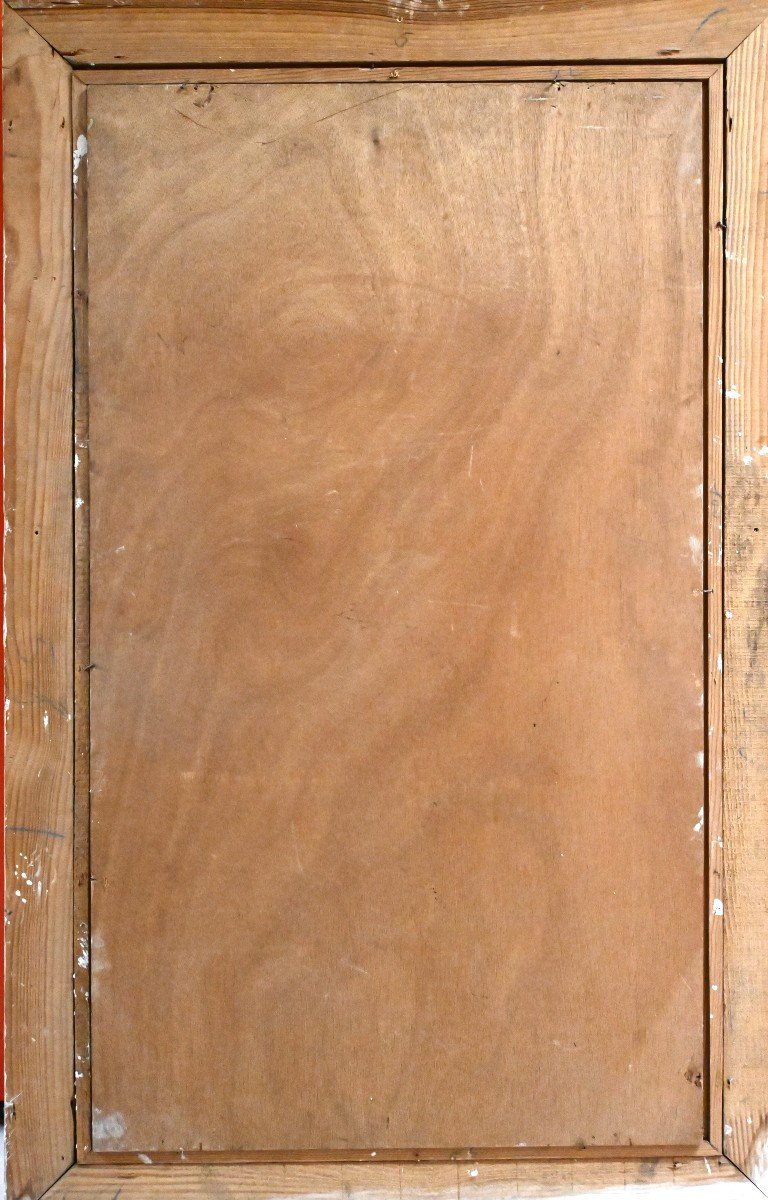














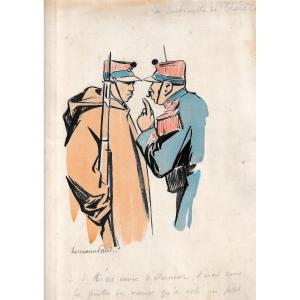






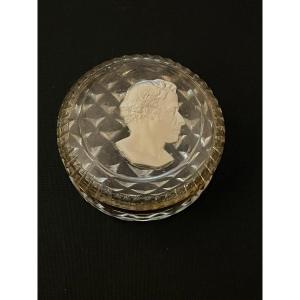







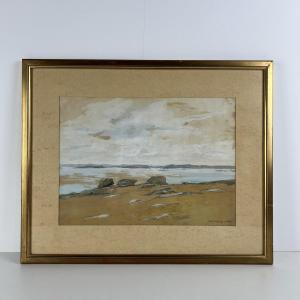





 Le Magazine de PROANTIC
Le Magazine de PROANTIC TRÉSORS Magazine
TRÉSORS Magazine Rivista Artiquariato
Rivista Artiquariato